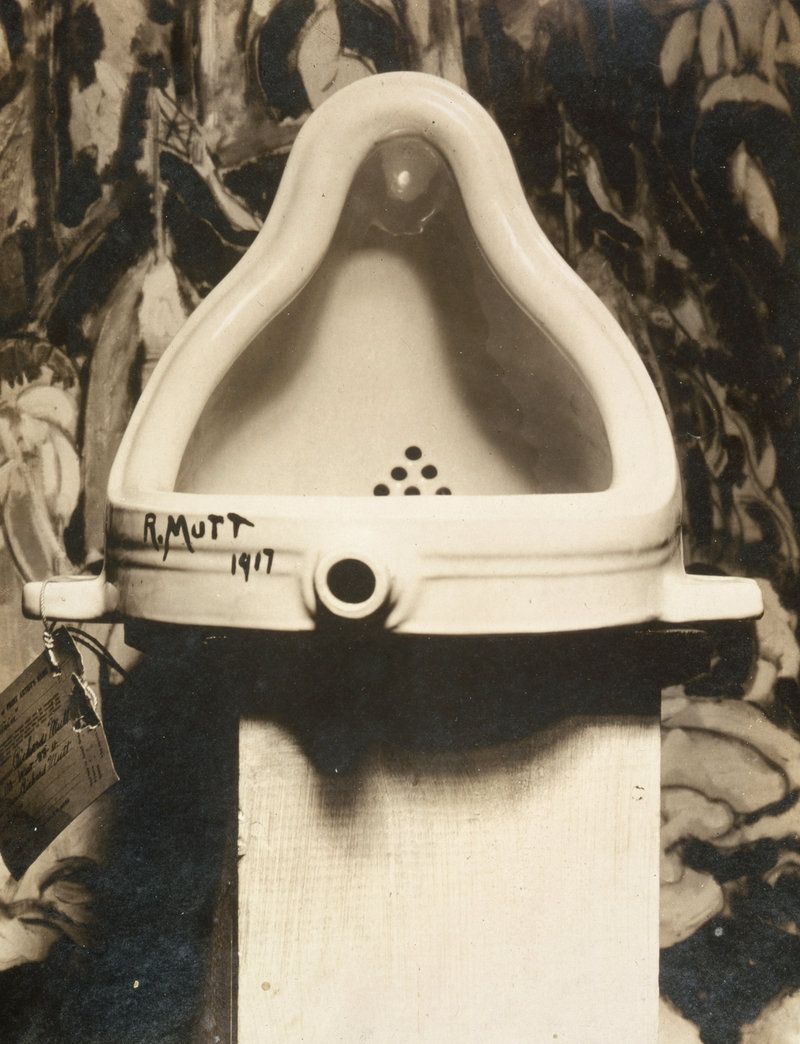The Infamous Art Basel Banana Is Headed to the Guggenheim
Maurizio Cattelan’s 2019 artwork will join the collections of one of the world’s preeminent cultural institutions
/https://tf-cmsv2-smithsonianmag-media.s3.amazonaws.com/filer/2c/c2/2cc2bdc9-376e-4674-bcd6-9d255d69b2fe/gettyimages-1186761459.jpg)
Editor's Note, September 21, 2020: Last year, Maurizio Cattelan’s controversial Comedian—an artwork consisting of a banana taped to a wall—fetched as much as $150,000 at Art Basel Miami Beach. Now, the irreverent installation is headed to a new home: the Solomon R. Guggenheim Museum in New York City.
“We are grateful recipients of the gift of Comedian, a further demonstration of the artist’s deft connection to the history of modern art,” the Guggenheim’s director, Richard Armstrong, tells the New York Times’ Graham Bowley. “Beyond which, it offers little stress to our storage.” (The acquisition doesn’t actually include a banana or tape. Instead, it consists of “a surprisingly detailed, 14-page list of instructions, with diagrams, on how the banana should be installed and displayed,” writes Bowley.)
Read more about Comedian—and the performance artist who plucked it off the wall and ate it—below.
This year’s Art Basel Miami Beach, a multi-day exhibition extravaganza featuring a cornucopia of works by some 4,000 artists, showcased paintings, photographs, sculptures, film and digital pieces by emerging artists and industry veterans alike. But the star of the event, arguably, was a single banana affixed to the wall with a swath of duct tape.
The spotty sensation was the brainchild (brain-fruit?) of Italian artist Maurizio Cattelan, who titled his pièce de résistance Comedian. The banana, duct tape included, was initially priced at $120,000 dollars, then $150,000. And it drove the art world wild.
Visitors flocked to take pictures with the banana, which spawned numerous social media parodies. According to Robin Pogrebin of the New York Times, three buyers paid a collective total of around $390,000 for the artwork—or rather, for the concept of the artwork, which came with a certificate of authenticity and installation instructions. Buyers are responsible for procuring their own banana and tape; they can replace the fruit if and when they see fit.
Comedian was subject to such frenzy that Cattelan’s representative, Galerie Perrotin, ultimately opted to take the installation down, citing “several uncontrollable crowd movements and the placement of the work on our booth,” which “compromised the safety of the artwork around us.” But the banana was still on display on December 7, when New York-based artist David Datuna plucked it off the wall and ate it.
“It’s not a banana, it’s a concept,” he later told reporters. “I just ate the concept of the artist.”
Galerie Perrotin, which opted not to press charges, tacked another banana to the wall after Datuna finished his snack.
If all of this banana drama seems quite silly, know that Cattelan is keenly aware of the absurdity of his installation—for proof, just look to the work’s title. But Datuna was right in his assessment of Comedian as a piece of conceptual art, for more important than the banana itself is what it represents: a contemplation on the pretensions of the art world and a skewering of the art market.

This isn’t a new theme for Cattelan, who has long focused his irreverent, humorous eye on the nature and value of art in a capitalist market. One of his more famous pieces, America, is a functional 18-karat gold toilet that made its debut in the bathroom of the Guggenheim—and came to the public’s attention once again this year, when it was stolen from an English country house.
“Cattelan’s toilet mocked the money-obsessed art world by being potentially more valuable for its raw material than its concept—reflecting a market that can turn shit to gold,” writes the Guardian’s Jonathan Jones.
Comedian accomplishes something similar, but through different means; the banana and duct tape cost a pittance, but displaying them at Art Basel lent them prestige status—and a steep value.
The presentation of humble objects as art is by no means new. In the years before World War I, Dadaist Marcel Duchamp pioneered the idea of “Readymades,” taking mass-produced items, anointing them with a title, and deeming them artworks. His most famous piece is Fountain, a repurposed urinal now seen as one of the most iconic works of the 20th century. But Duchamp didn’t limit himself to urinals: Among others, the list of objects he “transformed” into art includes a bicycle wheel, a wooden stool and a snow shovel.
Readymades “disrupted centuries of thinking about the artist’s role as a skilled creator of original handmade objects,” according to the Museum of Modern Art. “Instead, Duchamp argued, ‘An ordinary object [could be] elevated to the dignity of a work of art by the mere choice of an artist.’”
Jason Farago of the New York Times points out that Cattelan, unlike the Dadaists before him, did not simply proclaim a commodity a work of art: “It is a banana and a piece of duct tape, and this is a significant difference.”
Cattelan has previously toyed with notions of suspension, once even duct-taping his art dealer, Massimo De Carlo, to a gallery wall.
“The banana should be seen in the context of this earlier work,” writes Farago, “which places the art market itself on the wall, drooping and pitiful.”
So, when it comes to the inevitable question of whether a browning banana is “worth” $120,000, perhaps the banana-pilferer, Datuna, put it best.
“Money means nothing,” he said. “It’s just numbers on paper. It all about ideas.”